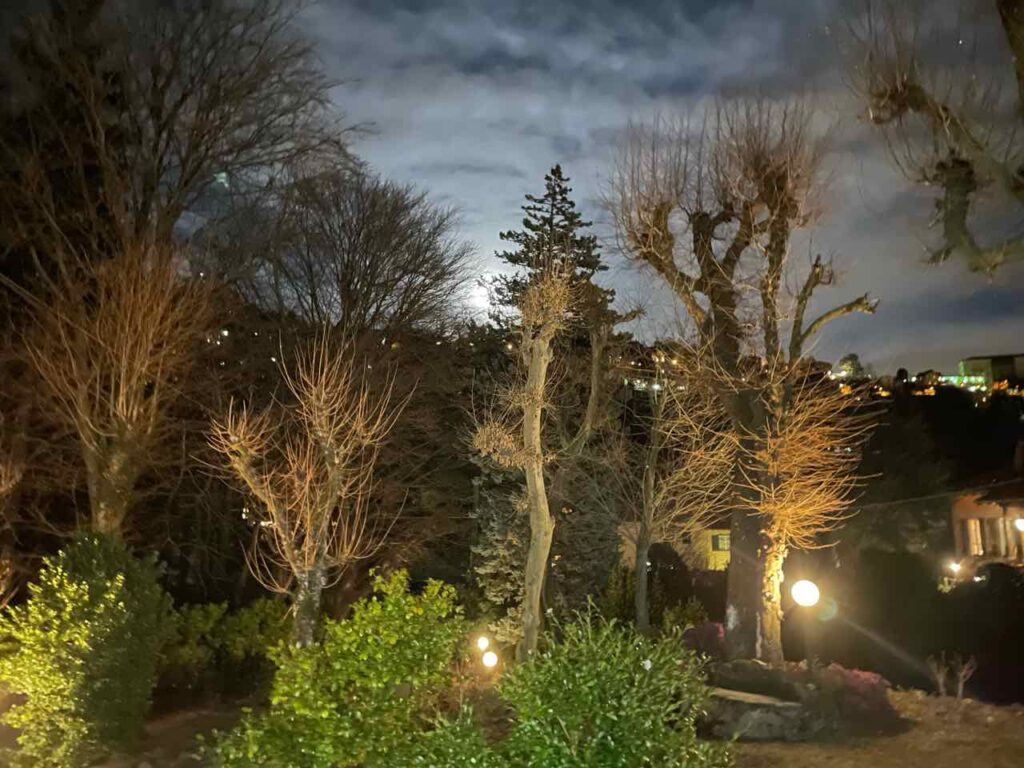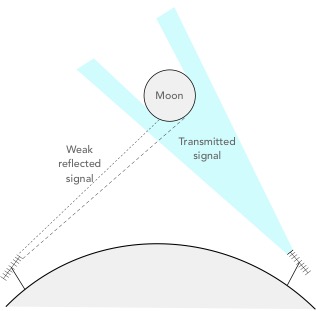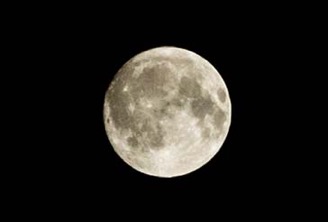An Ham Radio station for Moonbounce or EME (Earth-Moon-Earth) contacts
A project of the Italian Radio Amateurs Association – Como Division – named in memory of Emilio and Mario Baserga, radio amateurs always focused on experimenting new techniques and technologies
Upon the death of Mario and Emilio, the families had expressed the desire and the hope that the great work done by the ham radio twins, I2MBC and I2SXZ, could continue with the reuse of part of the existing station, always with a view to experimentation and innovation. As a matter of fact Emilio and Mario began their radio activity in 1947 and over the years they achieved significant records and excellences at national and worldwide level. Among all the Italian first place in the CQWW CW Contest in 1955 on Short Waves and the first QSO’s in the two-meter (144 MHz) band in 1958. Lately, in 1978, they built an EME station on 144 MHz achieving the firsts Italian contacts via MoonBounce on this band and the first ever QSO from Italy to Japan, Canada and Australia, again by lunar reflection. In 2013 the first phase of the EME project on microwaves (23 centimeters band, 1296 MHz) was completed, with the creation of the first earth-moon-earth contacts with ham stations on five continents.

When we took over their station in 2019 we decided that the new project would have been based on continuity of their job (EME on 1296 MHz) and on innovation; for this reason the main feature of the new station is the remote management and operability. The operations will be possible from any location independently from where the equipment is physically installed.
Why a remote operated station in the 23 cm band (1296 MHz)?
- By sure the main reason is the great work done in the past years by Emilio and Mario; after having experimented, first in Italy, connections via moon bounce on the 2 meters band, they decided that experimentation and innovation meant going to higher and more difficult frequencies; 1296 MHz were certainly the most challenging band!
- Another consideration concerns the popularity of the band: in fact the 23 centimeters are perhaps the most frequented and used band by radio amateurs from all over the world;
- The technical and operational aspects were another criteria of choice: the doppler effect generated by the moon approaching the earth (at moonrise) and moving away from the earth (at moonset) shift the signals by more than +/-3kHz during, thus requiring greater technical capabilities than on other bands;
- It should also be considered that on the 23 cm band the activity is divided between the digital modes (JT65) and Morse (CW) but SSB Voice is also widely used. There is room for everyone and listening to your own voice echo after a delay of about 3 seconds is always a very strong emotion.
- Pointing the antenna to the moon is another challenge; a parabolic antenna of 3 meters must be pointed to the moon with an accuracy of a few degrees (+/-2°) otherwise nothing is heard; in addition, the moon moves quite fast in the sky and the system must continuously move the antenna to track the moon;

Earth-Moon-Earth, path characteristics
- Eart-Moon distance: between 362.000 km – 405.400 km
- Total length: between 724.000 km and 810.000 km
- Percentage of signal reflected from the moon: about 6%
- Time it takes for the transmitted signal to return to earth: about 3 seconds
- Attenuation of the received signal: 271 dB at 1.296 MHz

Microwave connections with reflection on the Moon, a bit of history
During a German experimental project in 1943 the echo of the signal reflected from the moon was first received (Wurzmann project, frequency 564 MHz) but the first real connections via the moon began in the 1950s (American military teletype circuits between the USA and the Pacific) and ended in the 1960s with the availability of the first artificial satellites.
The contribution of radio amateurs starts in 1953 with the first connection made in the USA. Radio amateurs show that the moon can be used as a reflector for microwave links far beyond the visible horizon even with self-built apparatuses, relatively low powers and relatively small antennas (compared to military circuits of the 1950s).
As a matter of fact the propagation of radio signals in the microwave range (VHF, UHF and higher frequencies from 100 MHz to over 40 GHz) occurs only between points in optical visibility, therefore on stretches of a few tens of kilometers, to reach up to a few hundred kilometers by exploiting anomalous propagation phenomena (tropospheric refraction, tropospheric conduits, reflection on meteor trails, reflection on airplanes, etc.).
In the last few years and with the ever increasing calculation capacity of personal computers, radio amateurs have been able to develope software programs for coding and decoding signals that allow for further improvements in connection possibilities. One of the main contributors in these innovative communication protocols is the American radio amateur and Nobel laureate Joe Taylor, K1JT, professor at Princeton University. A community of radio amateurs specialized in the development of telecommunications software has developed around him and has thousands of fans.
These technologies now allow the connection with signals well below the audibility threshold, which was absolutely unthinkable until a few years ago!
Our project
The station project considers the new technologies available and aims to create an ham radio station completely manageable and operable remotely; a flexible and modular station for the 23 cm band (1296 MHz) with the possibility of being updated and reconfigured in a simple way on the other frequency bands assigned to ham radio in the microwave range (2.4 GHz, 5.6 GHz, 10 GHz, 24 GHz) to follow future technology and innovations.
Simplifying as much as possible, we can split the project into the following functional blocks:
- Antenna system
- Receiver and transmitter station
- Antenna tracking system
- System of coding, decoding and processing of the signal
- Remote management and control system
